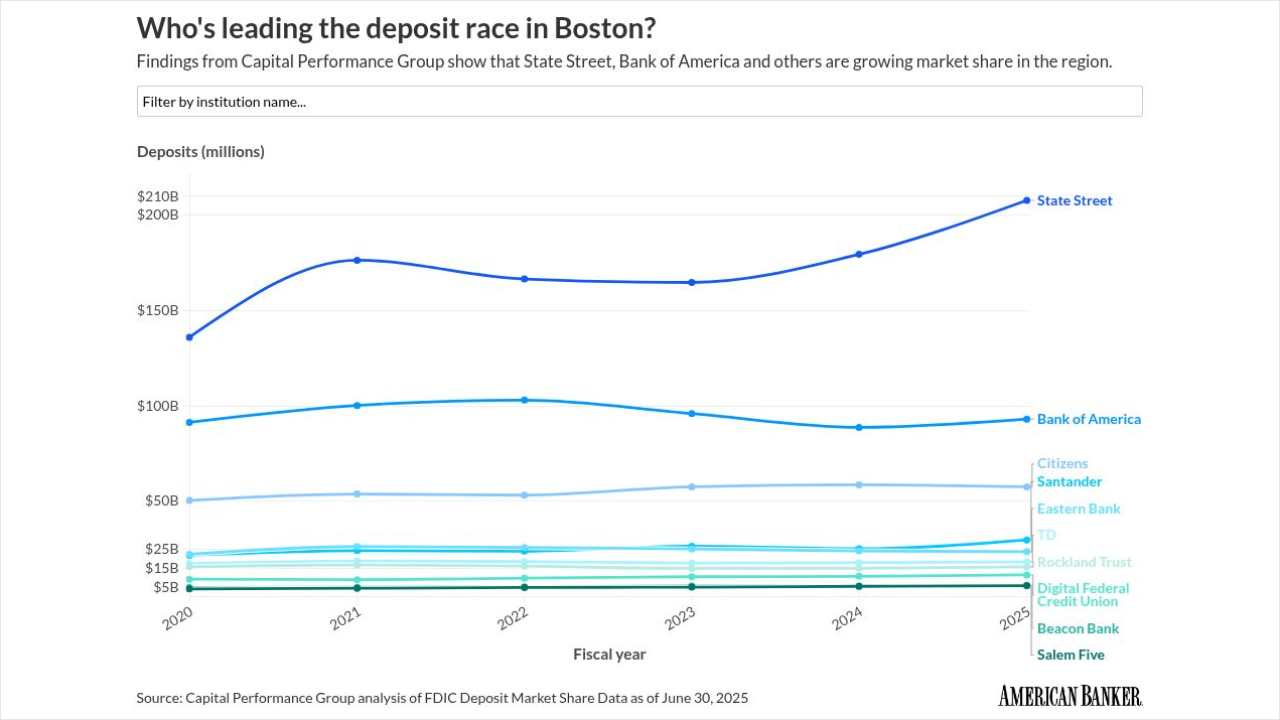Recent customer anecdotes serve as a reminder to issuing banks to flag fraudulent merchants to prevent recurring, unauthorized transactions when banks issue replacement cards.
Specifically, a handful of Chase customers have taken to
"I had barely received the new card, when another fraudulent charge hit,"
"Recently got a scam charge, cancelled credit card, got issued new number,"
Visa and JPMorganChase did not immediately respond to requests for comment.
In these and
Some users responding to these complaints about unauthorized charges on new cards concluded that the new charges went through because of an error by the bank.
"Usually when you have your card replaced due to fraud, the bank is supposed to opt the old card out of the account updater services such as VAU/ABU, and unenroll it from any digital wallets before replacing it,"
Indeed, Visa does offer issuers the ability to manage which merchants receive updated information.
An issuer can block a merchant from receiving updates
The VAU
Visa's documentation of the API says it can help "break the cycle of repeated fraud." It notes that Stop Advices only block automatic credential updates and are different from stop payment orders, as they only stop merchants from receiving updates to payment credentials. Merchants can still receive payments from existing credentials they have saved unless a stop payment order is placed.
How account updater services operate
Account updater services like VAU and ABU facilitate the electronic exchange of updated account information between card issuers, networks and participating merchants.
When an issuer reissues a card due to expiration, loss, theft or other changes, they submit the new account number and expiration date to the updater service.
Participating merchants, typically those with credential-on-file business models like recurring billing or subscription services, submit inquiries through their acquirers for information from the updater. In some cases, merchants can subscribe to get real-time updates to payment credentials.
The service processes these inquiries and provides updated details to the acquirer, who then forwards them to the merchant. Merchants are typically required to update their customer databases with this new information within a few days of receipt.
The purpose of account updater services
The primary reason for VAU, ABU and similar services is to combat authorization declines experienced by businesses, particularly those with recurring payments, due to outdated card information.
Card information changes frequently due to expirations, cards being lost or stolen and reissued, account closures, or upgrades. These update services help businesses
For cardholders, the services are intended to provide a seamless payment experience and avoid service interruptions, late fees for declined payments, and the need to manually update card details with multiple merchants. Account updaters are considered a tool for merchants to reduce false declines and mitigate fraud risk associated with card-not-present transactions.
Automatic enrollment and opt-out options
Cardholders often get automatically enrolled in VAU and ABU. For example, Regional Federal Credit Union
Cardholders generally have the ability to opt out of VAU and ABU services, but not always. For example,
Other issuers direct card networks on the behalf of the consumer to opt accounts out of VAU and ABU. Opt-out status then remains with the chain of accounts for subsequent reissuances.
Specific opt-out methods include
Regulatory considerations
Federal regulations like Regulation Z and TILA provide safeguards for credit card users regarding unauthorized charges and billing error resolution. Cardholder liability for unauthorized use of a credit card is generally limited to $50, though many issuers have zero-liability policies.
Cardholders must notify the issuer of unauthorized charges or billing errors, typically within 60 days of receiving the statement. Regulations also outline consumer rights regarding stopping preauthorized electronic fund transfers, requiring notification at least three business days before the scheduled transfer.
Additionally, laws such as







